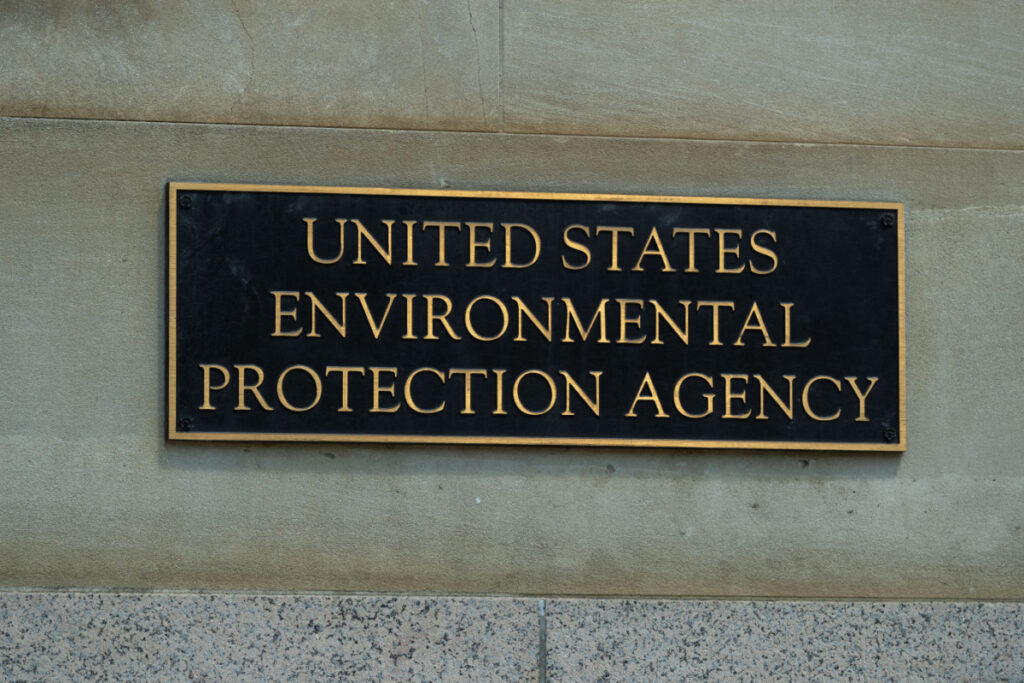Top Class Actions’s website and social media posts use affiliate links. If you make a purchase using such links, we may receive a commission, but it will not result in any additional charges to you. Please review our Affiliate Link Disclosure for more information.

EPA ethylene oxide cancer overview:
- Who: The U.S. Environmental Protection Agency (EPA) has proposed amendments to the National Emission Standards for Hazardous Air Pollutants.
- Why: The EPA’s proposals would limit the use of ethylene oxide to sterilize medical devices at 86 facilities across the U.S.
- Where: Nationwide.
The U.S. Environmental Protection Agency (EPA) issued proposals last week to the National Emission Standards for Hazardous Air Pollutants that would limit the use of ethylene oxide, which presents a potential cancer risk, to sterilize medical devices at 86 facilities across the U.S.
The EPA said it made the proposal after finding there was a higher than average cancer risk at the facilities, which use ethylene oxide — an antimicrobial chemical — to sterilize billions of medical devices every year.
The proposed amendments would decrease ethylene oxide emissions by around 80% at the U.S. medical sterilization facilities, according to the EPA.
“If finalized, EPA’s proposals are estimated to cut EtO emissions to the air from commercial sterilization facilities by 80% per year and apply more protective standards to control those emissions under the law,” the EPA said.
Companies that use ethylene oxide would also be required to test for the chemical in the air and to make an effort to ensure their pollution controls are in good working condition, according to the EPA proposal.
Exposure to ethylene oxide emissions harmful for workers in facilities, anyone nearby, EPA says
The EPA said exposure to ethylene oxide emissions not only has adverse health effects for individuals who work in facilities where it is used, but also potentially anyone who frequents areas nearby.
“People who go to school near places where (ethylene oxide) is used are also potentially at an elevated risk of cancer due to (ethylene oxide) levels in the air,” the EPA said.
The agency said the “actual risk,” of ethylene oxide exposure, however, would vary based on a facility’s “control measures for workers and community members and the distance and amount of time people live, work, or go to school near a facility.”
The EPA said it received information from the U.S. Food and Drug Administration, U.S. Centers for Disease Control and Prevention’s Agency for Toxic Substances and Disease Registry and the Occupational Safety and Health Administration before its proposals.
Last month, the EPA proposed a rule that, for the first time, would limit the amount of per- and polyfluoroalkyl substances — also known as “forever chemicals” — allowed in drinking water.
Have you gotten sick after being around the chemical ethylene oxide? Let us know in the comments!
Don’t Miss Out!
Check out our list of Class Action Lawsuits and Class Action Settlements you may qualify to join!
Read About More Class Action Lawsuits & Class Action Settlements:
- EPA proposes first-ever regulatory limits on ‘forever chemicals’ in drinking water
- Class action claims Navy contaminated Honolulu residents’ drinking water
- FBI seizes Genesis Market crime forum accused of identity theft
- Trinseo class action claims company responsible for chemical spill that contaminated Delaware River















3 thoughts onEPA proposes limiting chemical ethylene oxide for medical device sterilization due to cancer risk
When will this end? Food, meds, water, air, everything is somehow killing us. Please add me.
Ethylene Oxide Gas in gauze Covidien 2011 WE HAVE BEEN IN WAR!!Covid was Cancer. 💯💯💯
It was also allegedly on the c-19 pcr-tests, which went up some people’s noses. The Nobel Prize inventor of those tests, Dr. Kary Mullis, said the PCR tests can’t tell if a person is sick, so why were they used?